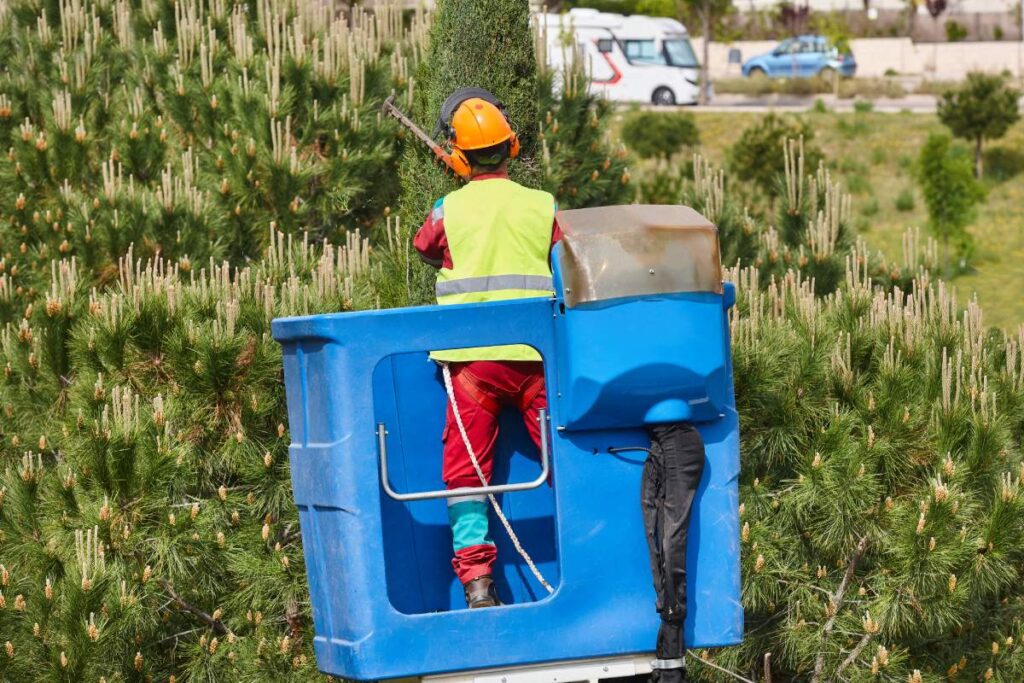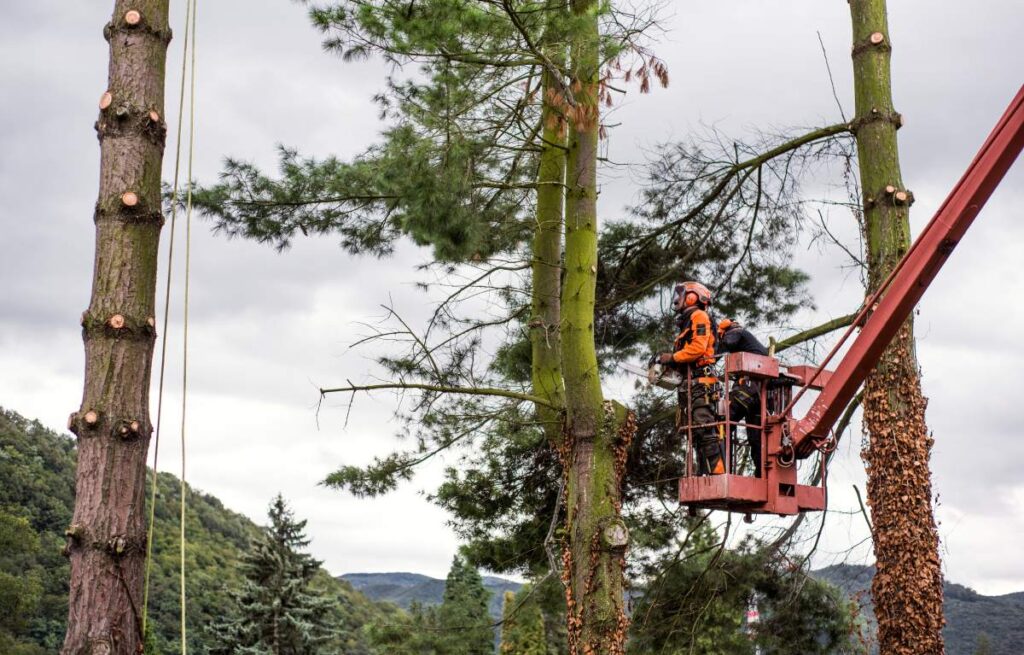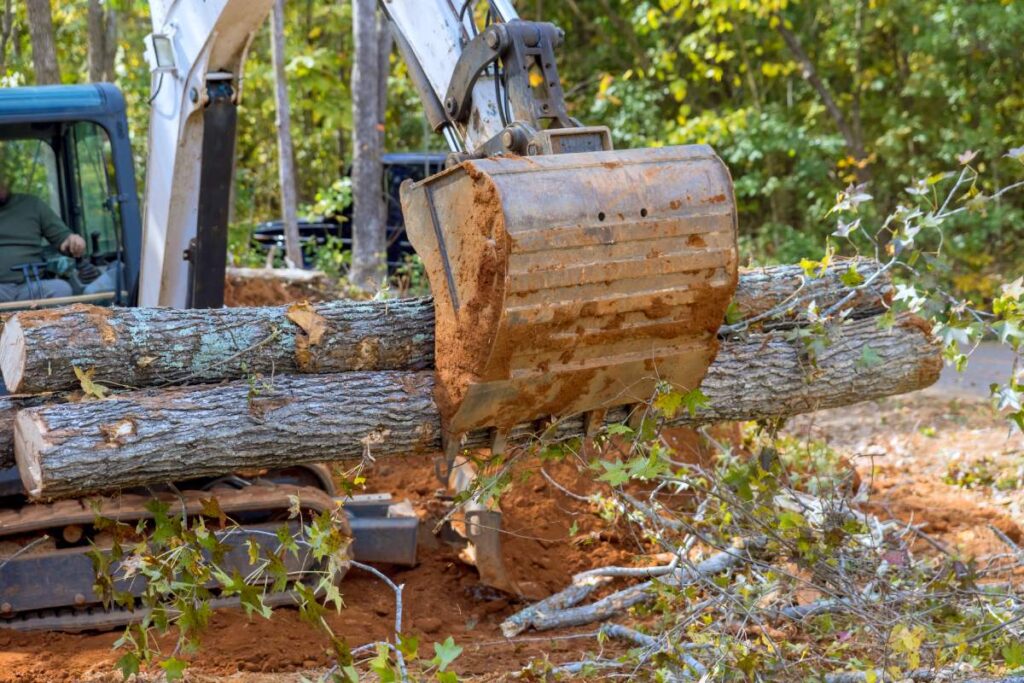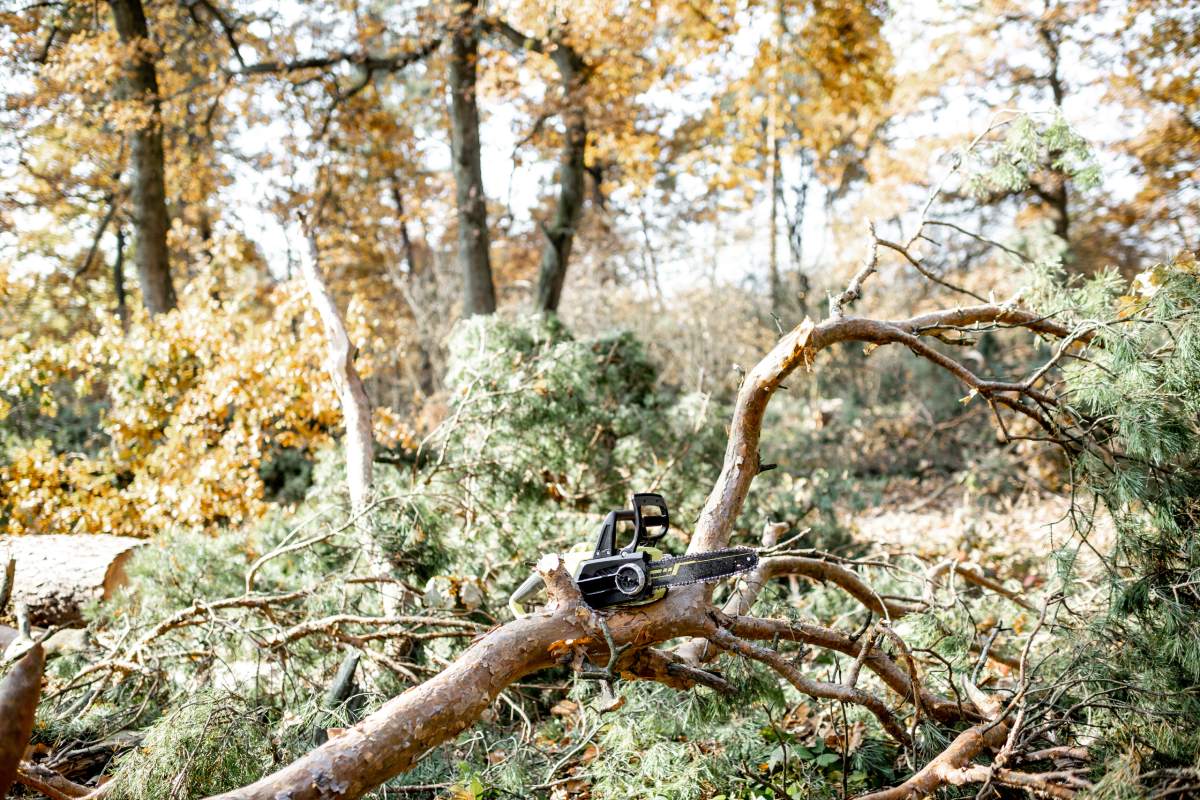Tree care is essential for both property aesthetics and safety, and whether you’re looking to prune, lop, or completely remove a tree, it’s helpful to understand the associated costs and processes in Australia.
This guide covers the distinctions between tree pruning, tree lopping, and tree removal, along with their average costs across Australia in 2024, to help you make informed decisions for your landscape.
Tree Pruning Cost 2024
Tree pruning involves selectively removing branches to promote tree health, improve structure, and enhance growth. Pruning is recommended for overgrown or diseased branches, helping maintain the tree’s shape and stability. It’s an essential practice for urban areas where branches may overhang homes, power lines, or pathways.
Cost of Tree Pruning in Australia
The cost of tree pruning varies depending on tree size, complexity, and location. Here’s an overview of average pruning costs:
- Small Trees (up to 5m high): $200 – $500
- Medium Trees (5-10m high): $500 – $1,000
- Large Trees (10-20m high): $1,000 – $2,000+
These prices cover typical scenarios; however, if access to the tree is difficult or specialized equipment (like cherry pickers) is required, expect additional fees.
Factors Influencing Pruning Costs
- Height and Spread: Taller or wider trees require more time and specialized equipment, increasing costs.
- Condition of the Tree: Diseased or rotting branches may complicate the process.
- Proximity to Structures: Trees near homes, fences, or power lines require careful navigation.
- Frequency of Pruning: Regular pruning is generally less expensive than occasional extensive trims.

Tree Lopping Cost 2024
Tree lopping, often confused with pruning, involves more aggressive cuts, removing significant branches or entire limbs. While pruning maintains the tree’s natural shape, lopping alters it to manage size or growth patterns. Tree lopping is typically used when branches obstruct views, sunlight, or nearby structures. However, arborists often discourage it because it can harm the tree in the long term, potentially leading to disease or structural instability.
Cost of Tree Lopping in Australia
Tree lopping costs are comparable to pruning but may vary slightly based on the extent of the work:
- Small Trees: $300 – $700
- Medium Trees: $700 – $1,200
- Large Trees: $1,200 – $2,500+
Due to the potential negative effects on tree health, tree lopping is best handled by a certified arborist who can recommend whether it’s truly the right solution.
Additional Considerations for Lopping Costs
- Severity of Cuts: Lopping large sections of a tree can be more labor-intensive.
- Tree Species: Certain species require specialized care when being lopped to prevent damage.
- Environmental Factors: Permits may be required for tree lopping in some localities, adding to costs.
Tree Removal Cost 2024
Tree removal involves taking down the entire tree, including roots in some cases. This is a last resort, typically performed when a tree poses a safety risk, is diseased beyond recovery, or is obstructing a new development on the property. Removing a tree is a complex process and should always be conducted by professionals due to potential hazards involved.
Cost of Tree Removal in Australia
Tree removal costs depend on factors like tree size, difficulty of access, and stump removal preferences. Here’s a breakdown:
- Small Trees: $400 – $1,000
- Medium Trees: $1,000 – $2,500
- Large Trees: $2,500 – $5,000+
Stump removal is often an additional cost, typically ranging from $100 to $500 per stump, depending on its size and depth.
Key Cost Factors for Tree Removal
- Height and Width: Taller or broader trees are more complex to remove, impacting costs.
- Root System: Extensive roots near structures may require careful handling.
- Location: Trees near power lines, buildings, or roadways involve additional safety measures.
- Disposal Fees: Many companies charge for disposing of the removed tree, with wood chipping and transportation adding to expenses.

Understanding the Differences and Choosing the Right Service
Understanding when to choose pruning, lopping, or removal depends on your goals and the tree’s condition:
- Pruning is best for regular maintenance, ideal for ensuring tree health.
- Lopping is suitable if you need significant height reduction or clearance for safety, though it may affect long-term health.
- Removal is necessary if a tree is dead, poses safety risks, or obstructs construction.
Additional Costs and Considerations
Stump Grinding and Removal
After tree removal, many homeowners choose to have the stump ground or removed to prevent regrowth or improve the landscape’s appearance. Stump grinding typically costs $100 – $300, while complete stump removal, which is more labour-intensive, can cost $300 – $700+ depending on the size and depth of the roots.
Permits and Local Regulations
Local regulations may require permits for pruning, lopping, or removal, especially for trees over a certain height or within protected zones. Permit costs vary by municipality but typically range from $50 to $200. It’s essential to check with local councils to avoid fines for unauthorized work.
Emergency Services and Additional Fees
Storms, strong winds, or unforeseen incidents may lead to emergency tree removal. Emergency services, often required outside business hours or in hazardous conditions, come at a premium, with rates commonly 25-50% higher than regular fees.

Choosing a Tree Service Provider
When hiring a tree service, look for these qualifications to ensure quality and safety:
- Certification: Seek professionals certified by the Australian Arborist Network (AAN) or the Tree Contractors Association of Australia (TCAA) such as Arborists Lakeside Trees and Stumps.
- Insurance: Ensure the provider has public liability insurance to cover any potential property damage or injuries.
- Reviews and References: Look for reviews on platforms like Google or Houzz, or ask for references to verify the provider’s reputation.
Comparing quotes is also crucial, as many tree services offer free consultations. It’s best to get at least three quotes to compare services and prices effectively.
How to Save on Tree Services
Tree care can be costly, but there are ways to reduce expenses:
- Combine Services: If you have multiple trees needing attention, bundling them can lower costs.
- Choose Off-Peak Seasons: Some tree services offer discounts in winter or cooler months when demand is lower.
- Regular Maintenance: Regular pruning is more cost-effective than extensive work after years of neglect.
DIY Considerations and Risks
While some homeowners attempt minor pruning themselves, DIY is generally unsafe for larger tasks like lopping or removal due to risks of injury and property damage. Proper tree care requires expertise, especially for larger trees that pose potential hazards. Professional services have the experience, equipment, and training necessary for safe and effective work.
Conclusion: Investing in Tree Health and Safety
Tree pruning, lopping, and removal play a critical role in landscape maintenance, ensuring the health and safety of your property. Each service serves a unique purpose, and selecting the right approach depends on your tree’s condition and specific goals.
While these services come at a cost, they contribute to long-term property value, safety, and aesthetic appeal. By understanding the costs and knowing when to seek professional help, you can make informed decisions for effective and responsible tree care in Australia.








3ugnjp